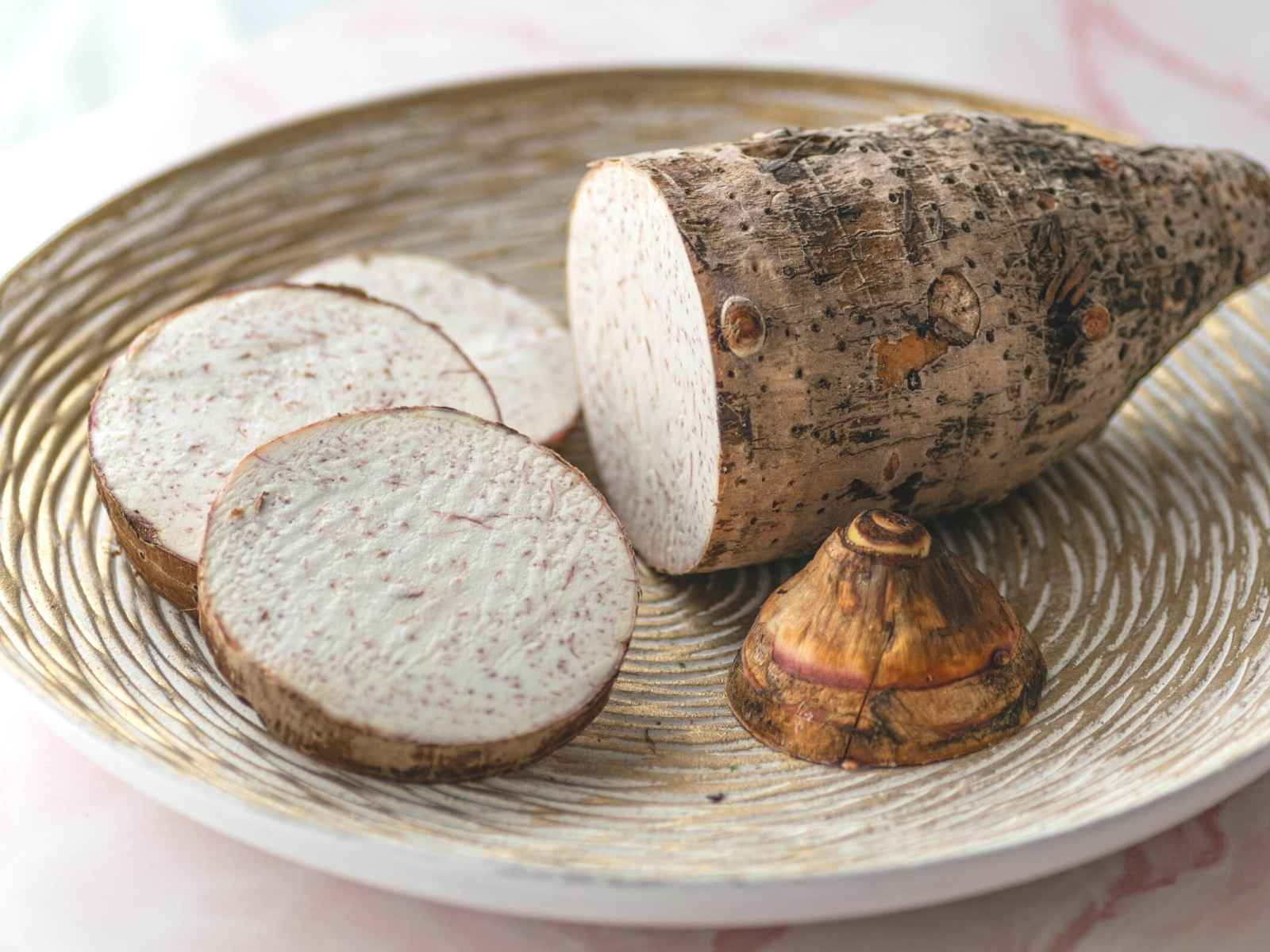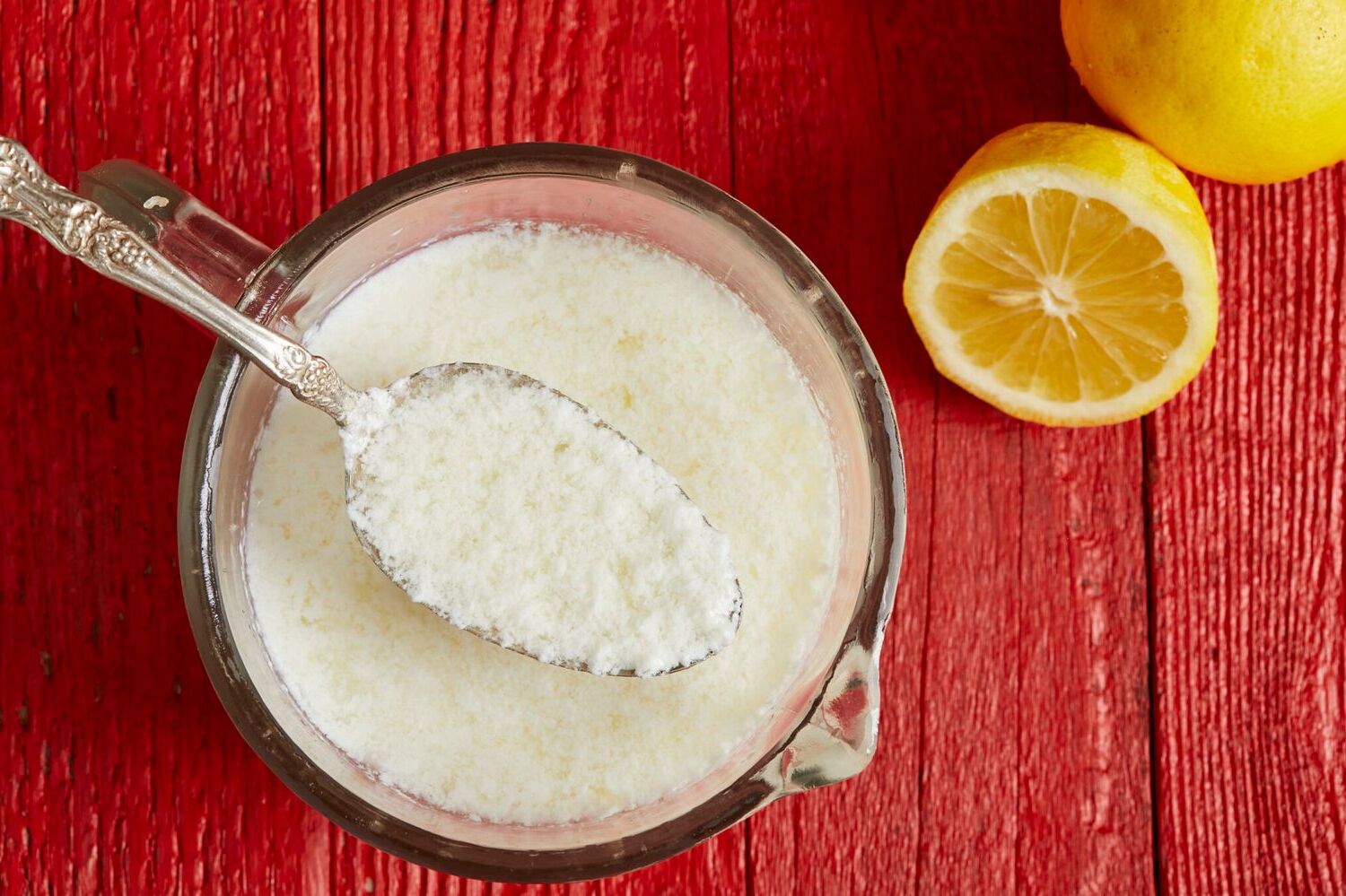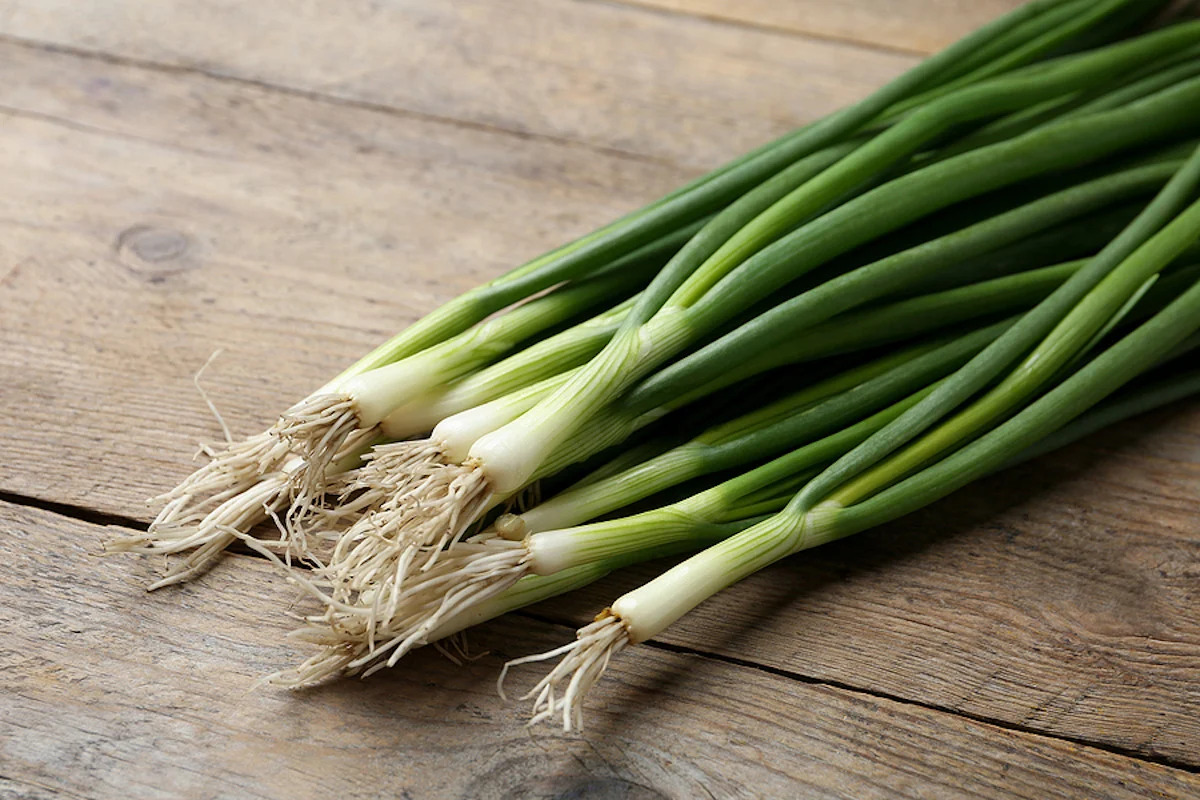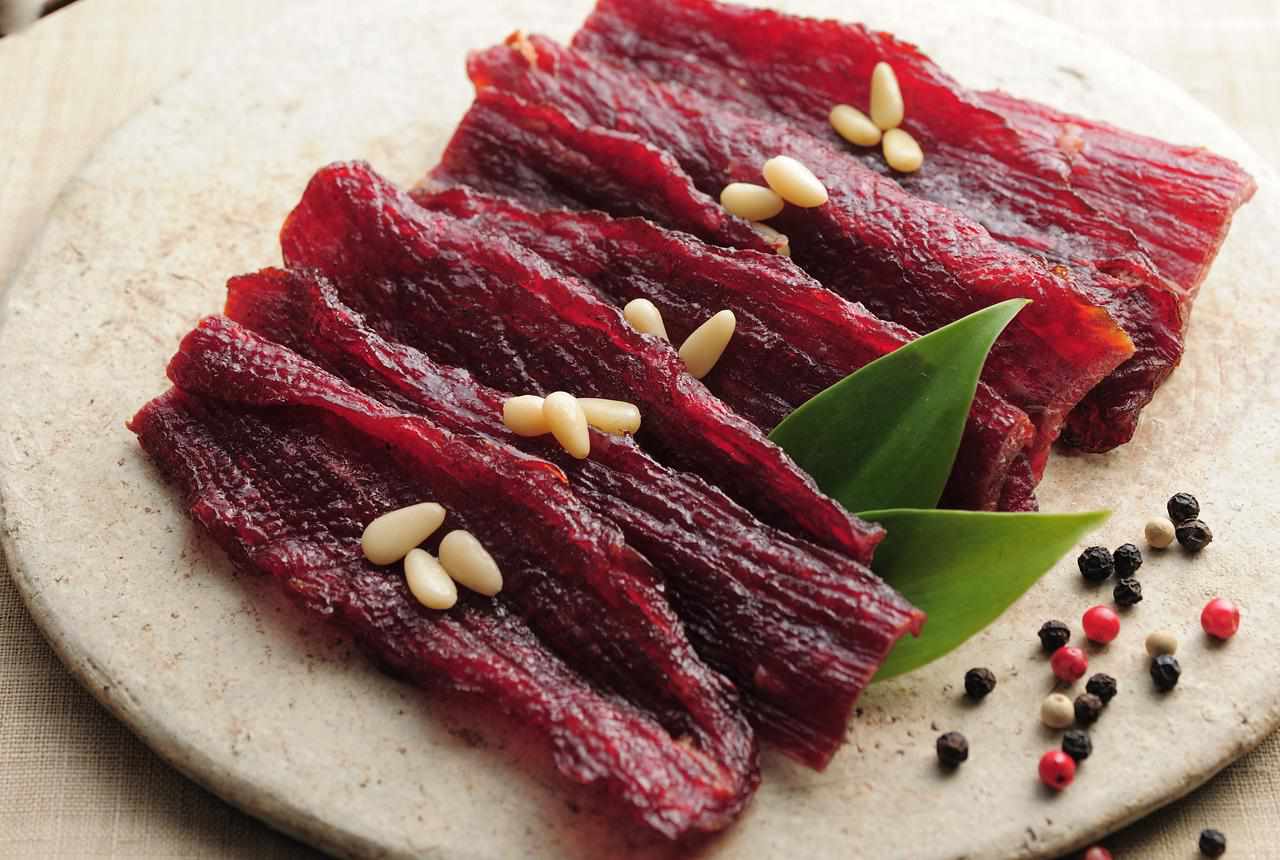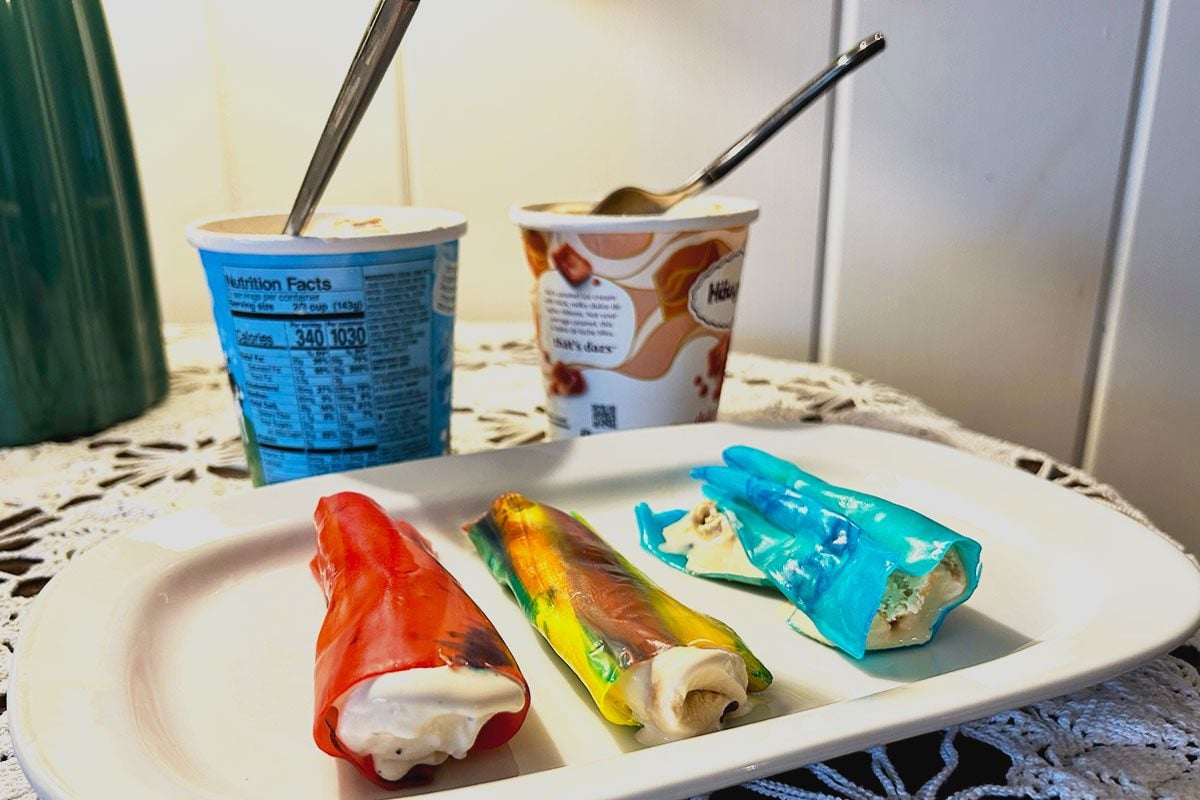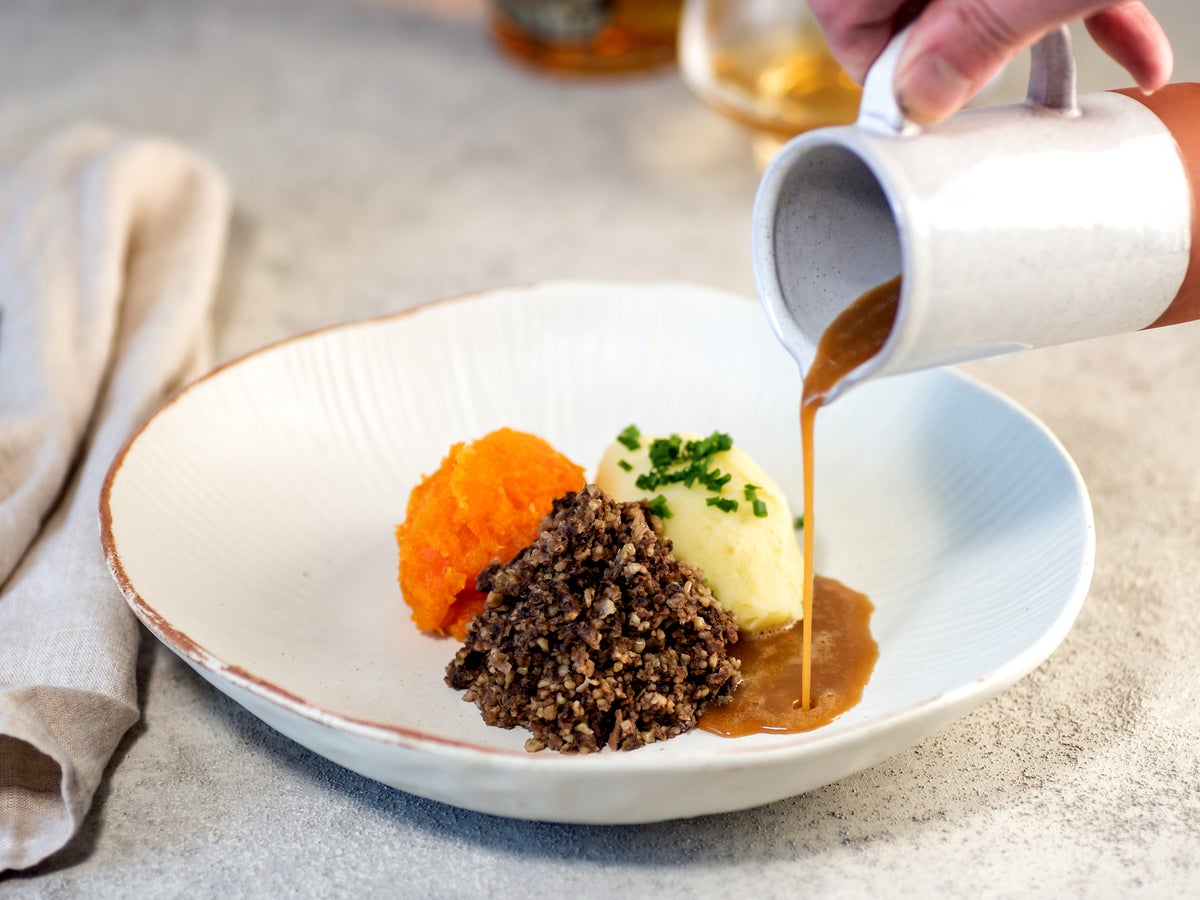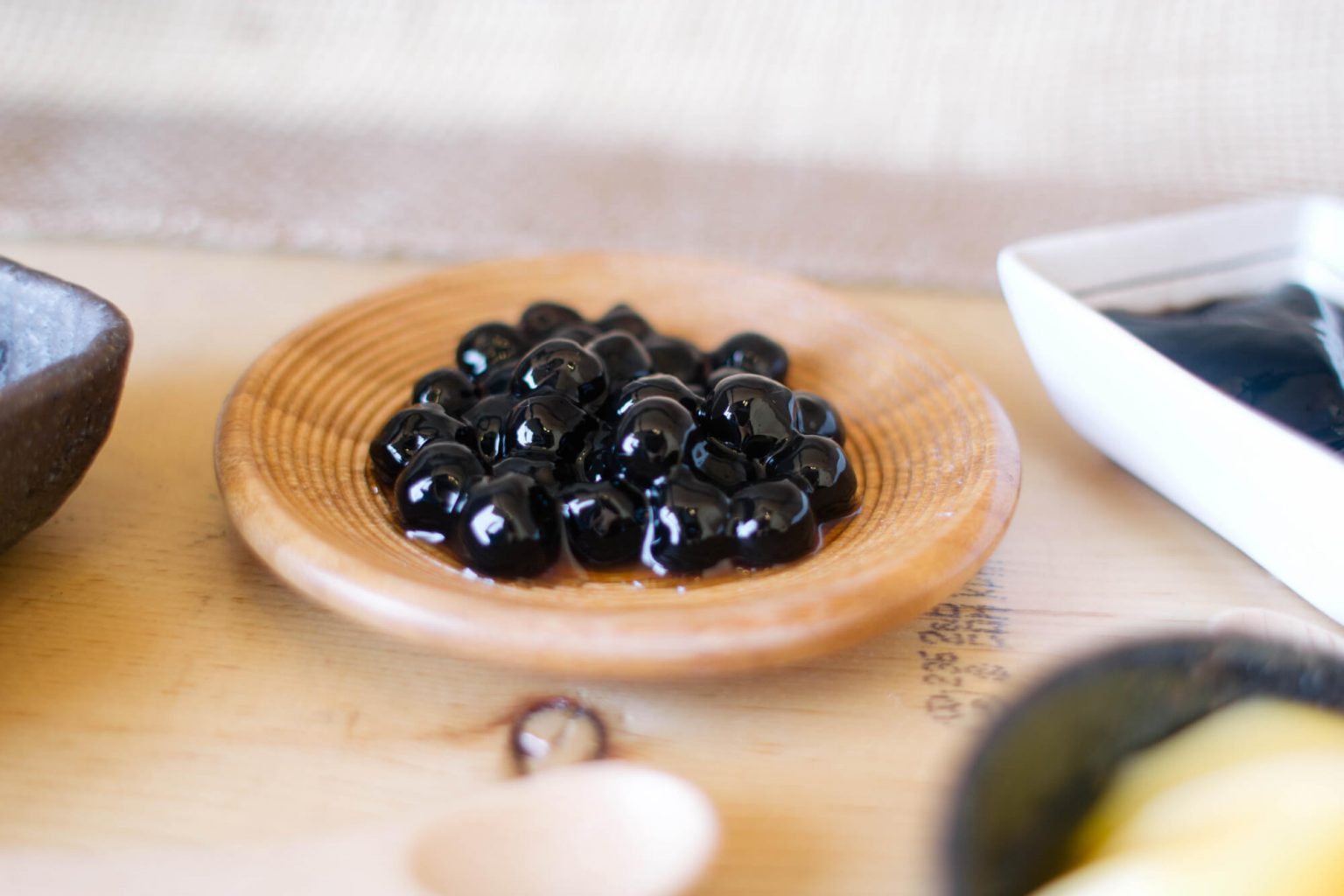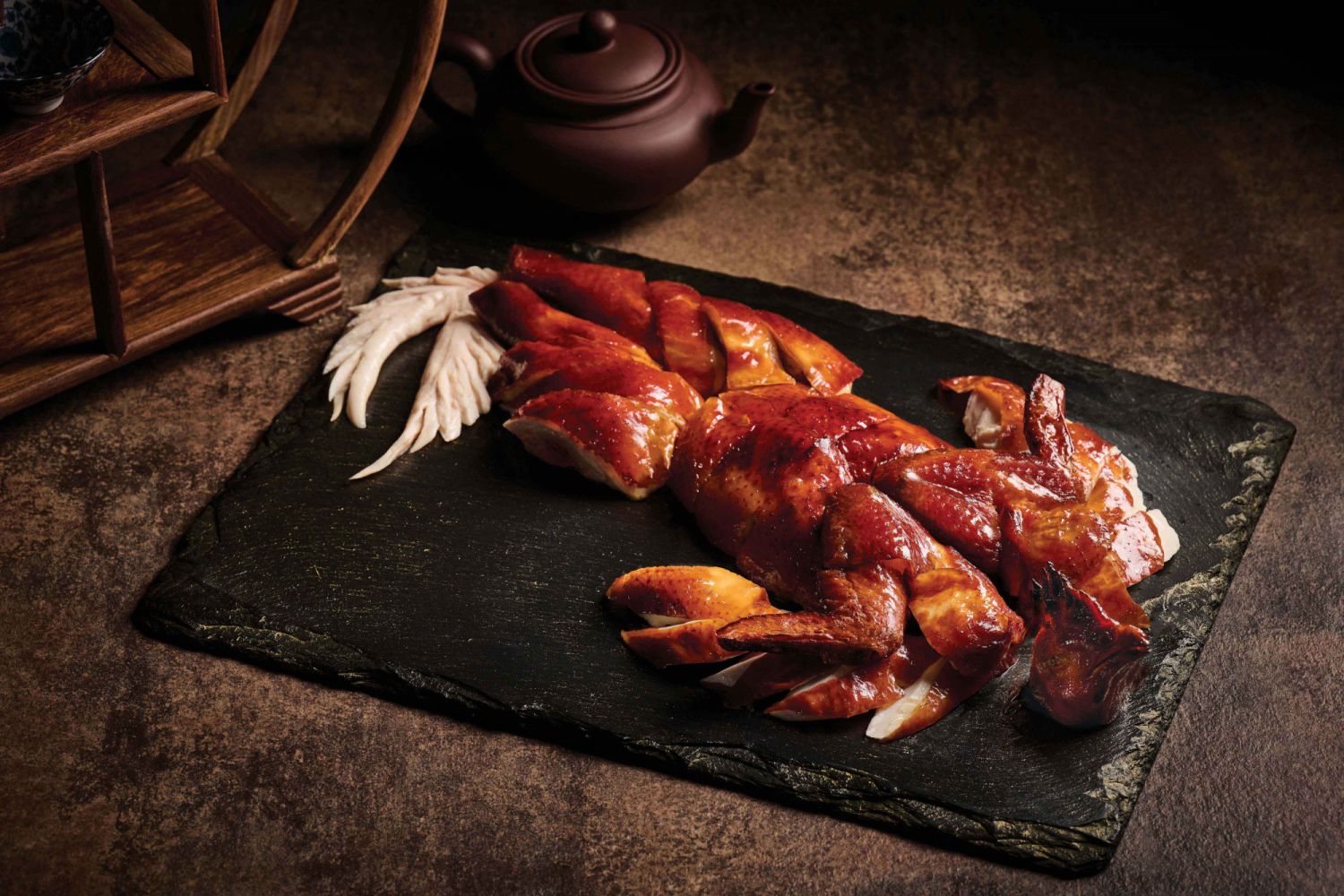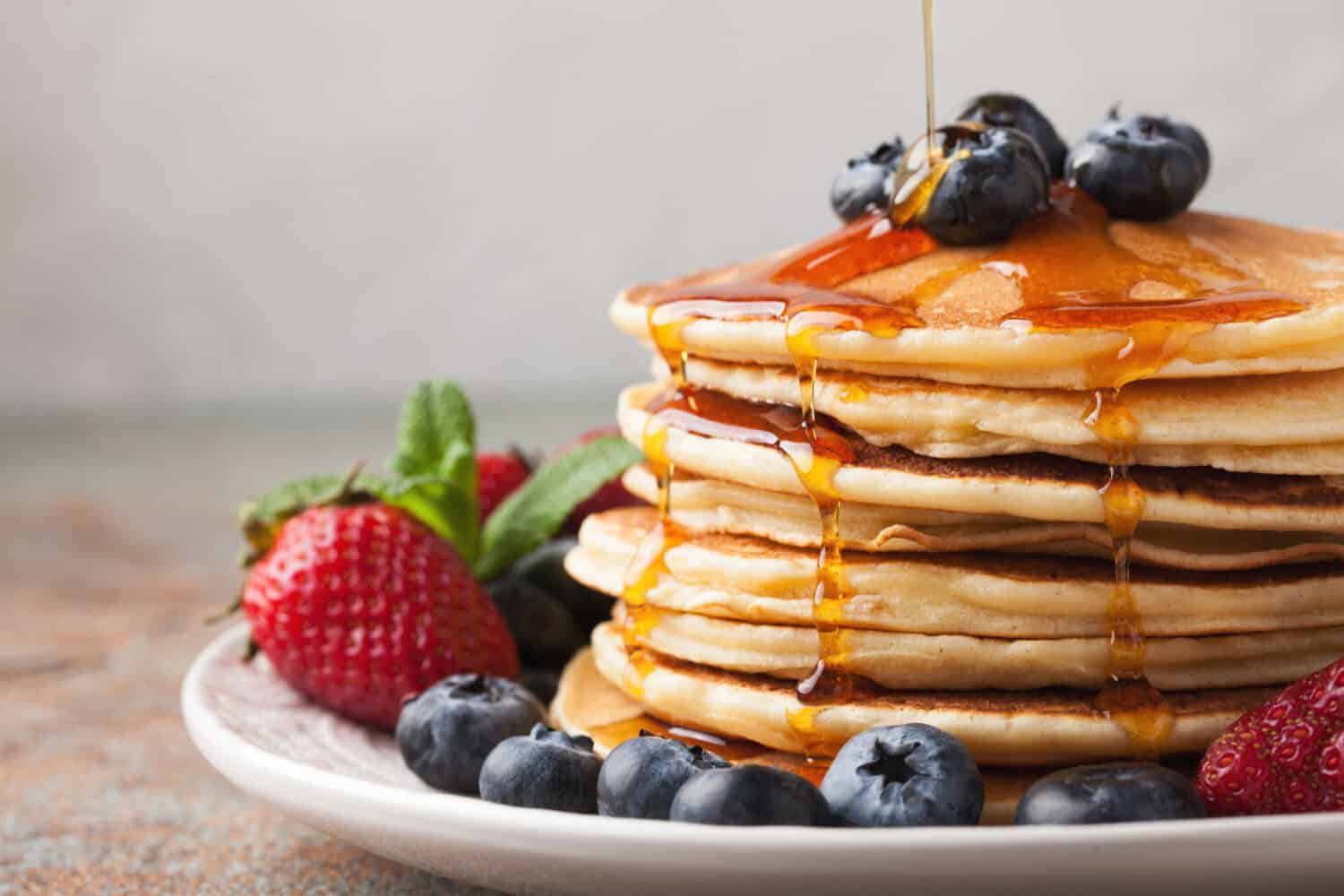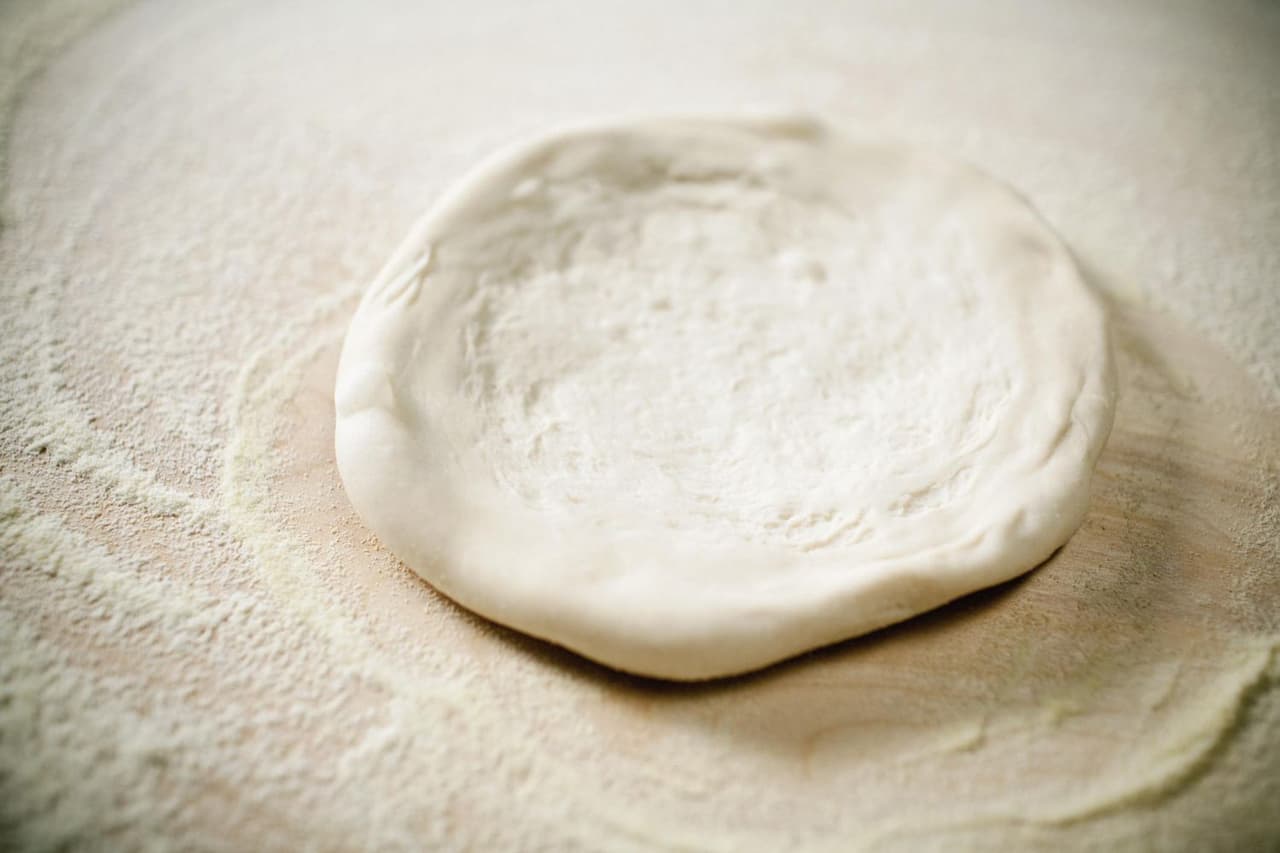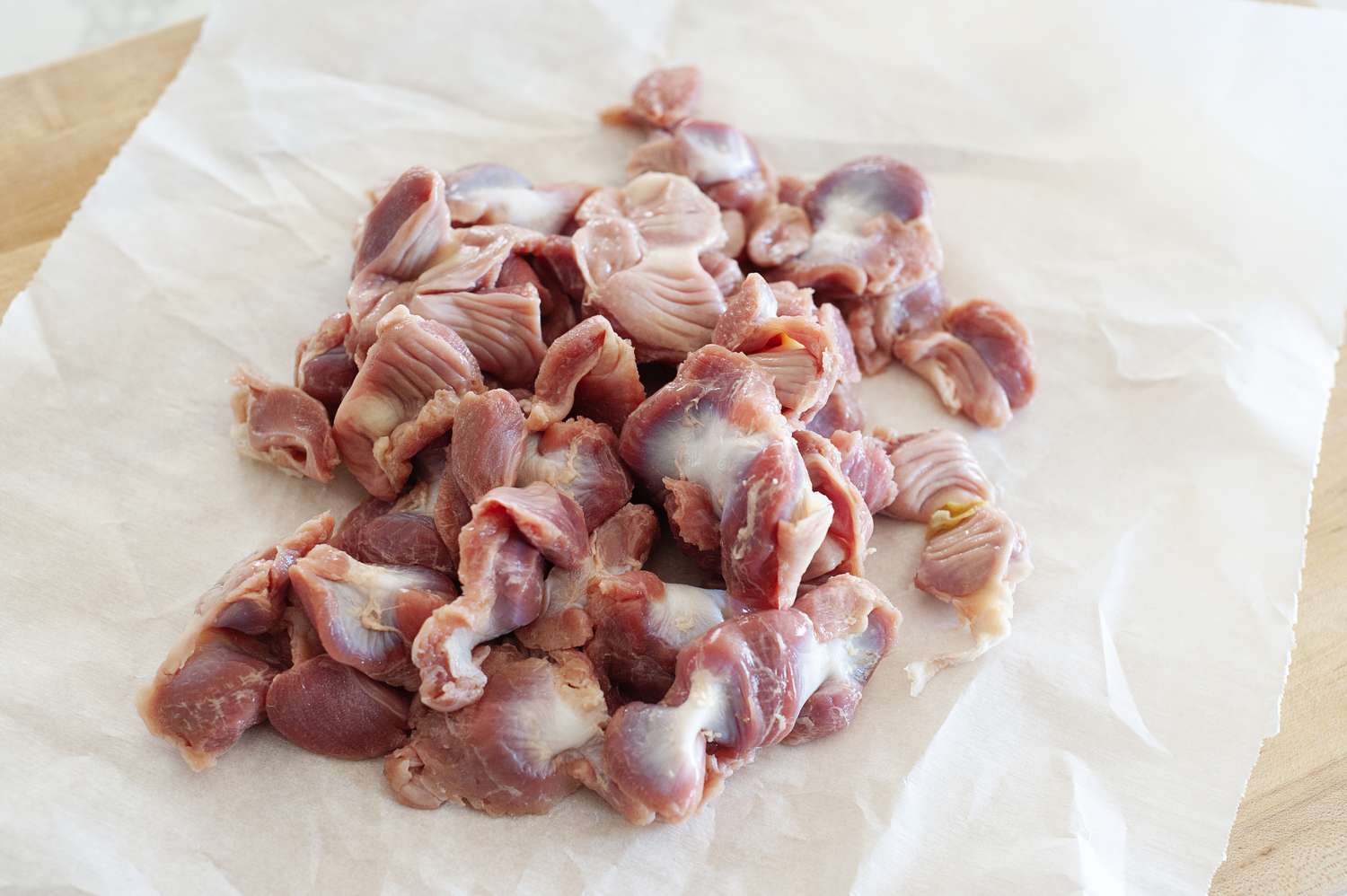Exploring the Delicious World of Danish Cuisine
When it comes to European cuisine, Danish food holds a special place with its unique flavors and traditional dishes. From hearty rye bread to delectable pastries, Danish cuisine offers a delightful culinary experience that is worth exploring. Let’s take a closer look at some of the key elements that define Danish food.
Key Ingredients in Danish Cuisine
1. Fish: With its long coastline, Denmark is known for its fresh and abundant supply of fish. Herring, salmon, and cod are commonly used in traditional Danish dishes, adding a rich and savory element to the cuisine.
2. Potatoes: Potatoes are a staple in Danish cooking and are often featured in various dishes, from creamy mashed potatoes to crispy potato pancakes. Their versatility makes them a beloved ingredient in Danish cuisine.
3. Rye Bread: Dark, dense, and full of flavor, rye bread is a quintessential part of Danish food culture. Whether enjoyed with butter and cheese or used as a base for open-faced sandwiches, rye bread is a beloved component of Danish meals.
Traditional Danish Dishes
When exploring Danish cuisine, it’s impossible to overlook the array of traditional dishes that have been passed down through generations. Some iconic Danish foods include:
- Smørrebrød: These open-faced sandwiches feature a variety of toppings, including pickled herring, roast beef, and egg and shrimp, all artfully arranged on a slice of rye bread.
- Frikadeller: These savory meatballs, often made with a blend of pork and veal, are a beloved comfort food in Denmark and are typically served with potatoes and gravy.
- Æbleskiver: These delightful spherical pancakes, often filled with apple pieces and dusted with powdered sugar, are a popular treat, especially during the holiday season.
The Sweet Side of Danish Cuisine
Denmark is also renowned for its delectable pastries and desserts, which are a testament to the country’s rich baking traditions. Some sweet treats to savor include:
- Danish Pastries: Indulge in flaky, buttery pastries filled with custard, fruit, or marzipan, often topped with a sweet glaze and slivered almonds.
- Rødgrød Med Fløde: This mouthwatering dessert features a compote of red berries, typically served with a generous dollop of cream, creating a perfect balance of tart and sweet flavors.
Modern Influences on Danish Cuisine
While traditional Danish dishes continue to hold a special place in the hearts of the Danish people, modern influences have also made their mark on the country’s culinary landscape. Chefs in Denmark have embraced innovation and creativity, blending traditional recipes with contemporary techniques to create exciting new dishes that showcase the best of Danish ingredients.
From Michelin-starred restaurants to cozy cafes, Denmark’s food scene offers a diverse range of dining experiences, catering to both locals and visitors alike.
Exploring Danish Food Culture
Food plays a central role in Danish culture, bringing people together to share meals and create cherished memories. Whether it’s a cozy family dinner or a festive gathering, the warmth and hospitality of Danish food culture are evident in every bite.
So, the next time you find yourself in Denmark or simply want to experience the flavors of Danish cuisine at home, be sure to savor the diverse and delicious offerings that make this culinary tradition so special.
From traditional favorites to modern creations, Danish food invites you on a delightful journey through a world of enticing flavors and time-honored traditions.
Was this page helpful?
Read Next: What Is A Substitute For English Mustard
